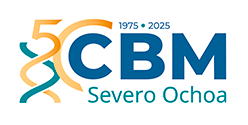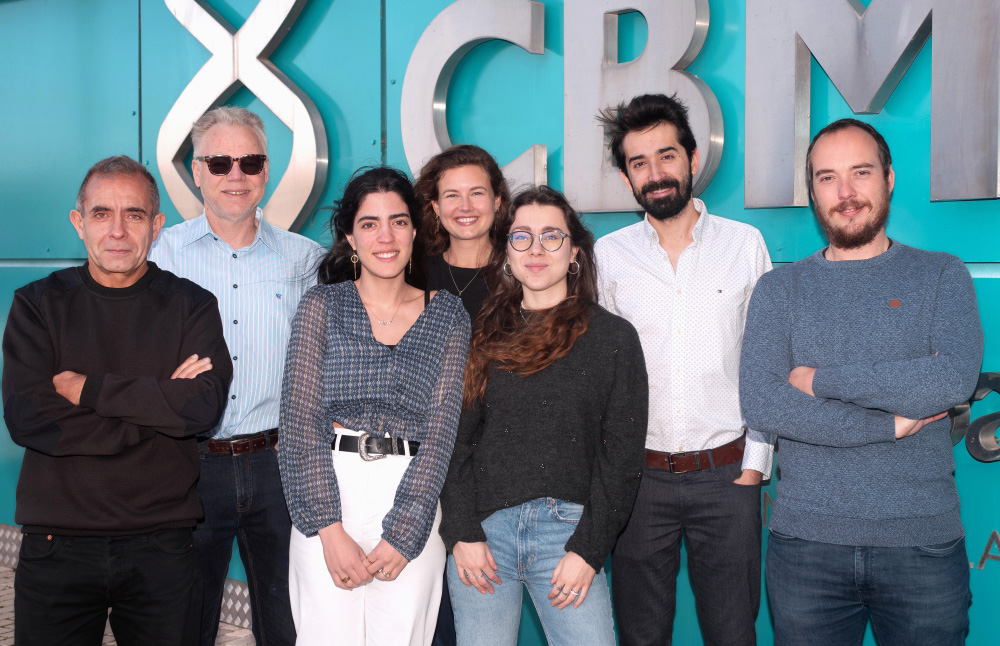Scientific Program
Interactions with the environment
RESEARCH GROUP
Conjugation in Gram-positive bacteria

Wilfried J.J. Meijer
Conjugation, the process that permits DNA transfer between cells, is key driver of antibiotic resistance. We use multidisciplinary methods to explore various aspects of conjugation. We aim to leverage the insights for medical and biotechnological purposes being (i) to design strategies to combat antibiotic resistance and (ii) to develop genetic tools for modifying industrially important bacteria.
Research
In addition to a chromosome, most bacteria contain one or more autonomously replicating units called plasmids, which have a modular structure. Besides an essential DNA replication module, many plasmids contain a conjugation module containing all the genes required for transfer of the plasmid from a donor to a recipient cell via a connecting pore. These plasmids, named conjugative plasmids, often contain toxin, virulence and/or antibiotic resistance genes. Conjugation is the main horizontal gene transfer route responsible for the spread of these genes. Particularly antibiotic resistance is an increasing global problem affecting the health of humans and animals and causing large economic losses. Understanding different aspects of the conjugation process is essential for designing strategies or drugs to combat conjugation-mediated spread of antibiotic resistance.
Little is known about conjugation in Gram-positive (G+) bacteria, which is why started to study this topic in our laboratory several years ago. Our studies were initially focused on plasmid pLS20 from Bacillus subtilis, but recently we found that pLS20 is the prototype of a family of related plasmids that allowed broadening our studies. Conjugation can be divided into four steps: (i) recognizing/attaching of the donor to the recipient cell, (ii) producing the channel through which the DNA is transferred, (iii) generating the ssDNA that is transferred, and (iv) establishment in the new host. We address all these steps in our studies using a multidisciplinary approach in collaboration with other laboratories. One of our recent discoveries is that most conjugation operons possess a novel two-component antitermination system essential for proper expression of the conjugation genes. This discovery changes our view on conjugation-related spread of antibiotic resistance.
Group members

Wilfried Meijer
Lab.: 402 Ext.: 4539
wmeijer(at)cbm.csic.es

Lara María Rodenstein
Lab.: 402 Ext.: 4515
lrodenstein(at)cbm.csic.es

Andrés Miguel Arribas
Lab.: 402 Ext.: 4515
amarribas(at)cbm.csic.es

Laura María Blanca Pariente
Lab.: 402 Ext.: 4539
laurabp(at)cbm.csic.es

Idris Nasir Abdullahi
Lab.: 402 Ext.: 4539
Selected publications
Extraordinary long-stem confers resistance of intrinsic terminators to processive antitermination
Andrés Miguel-Arribas et al.
pLS20 is the archetype of a new family of conjugative plasmids harboured by Bacillus species
Jorge Val-Calvo et al.
A novel bipartite antitermination system widespread in conjugative elements of Gram-positive bacteria
Andrés Miguel-Arribas et al.
A Conserved Class II Type Thioester Domain-Containing Adhesin Is Required for Efficient Conjugation in Bacillus subtilis
César Gago-Córdoba et al.





